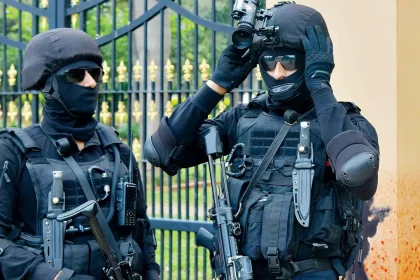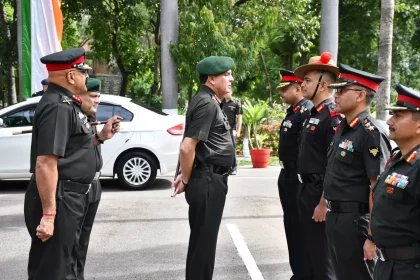NDA Cadets’ Daily Routine: The Discipline & Training That Builds Warriors
The National Defence Academy (NDA) is a prestigious institution in India, heralded for grooming the nation's future leaders in the…
NDA Entry Explained – Step-by-Step Guide to Join the Academy
Joining the National Defence Academy (NDA) is a prestigious aspiration for many young Indians eager to serve their country through…
The Road to CO: How to Become a Commanding Officer in the Army
To become a Commanding Officer (CO) in the Indian Army is a revered aspiration for many aspiring military personnel. A…
NDA vs JEE: Which Exam Should You Choose for Success?
Choosing a career path is a pivotal moment in every student’s life, particularly in India, where the educational landscape can…
Is NDA Harder than JEE? The Truth Will Surprise You!
The debate surrounding the difficulty levels of various competitive examinations in India often stirs passion among students, educators, and parents…
Word Association Test in SSB – The Hidden Strategy to Crack It
The Selection Board Service (SSB) Interview is a rigorous and multi-faceted assessment process designed for aspiring candidates seeking entry into…


